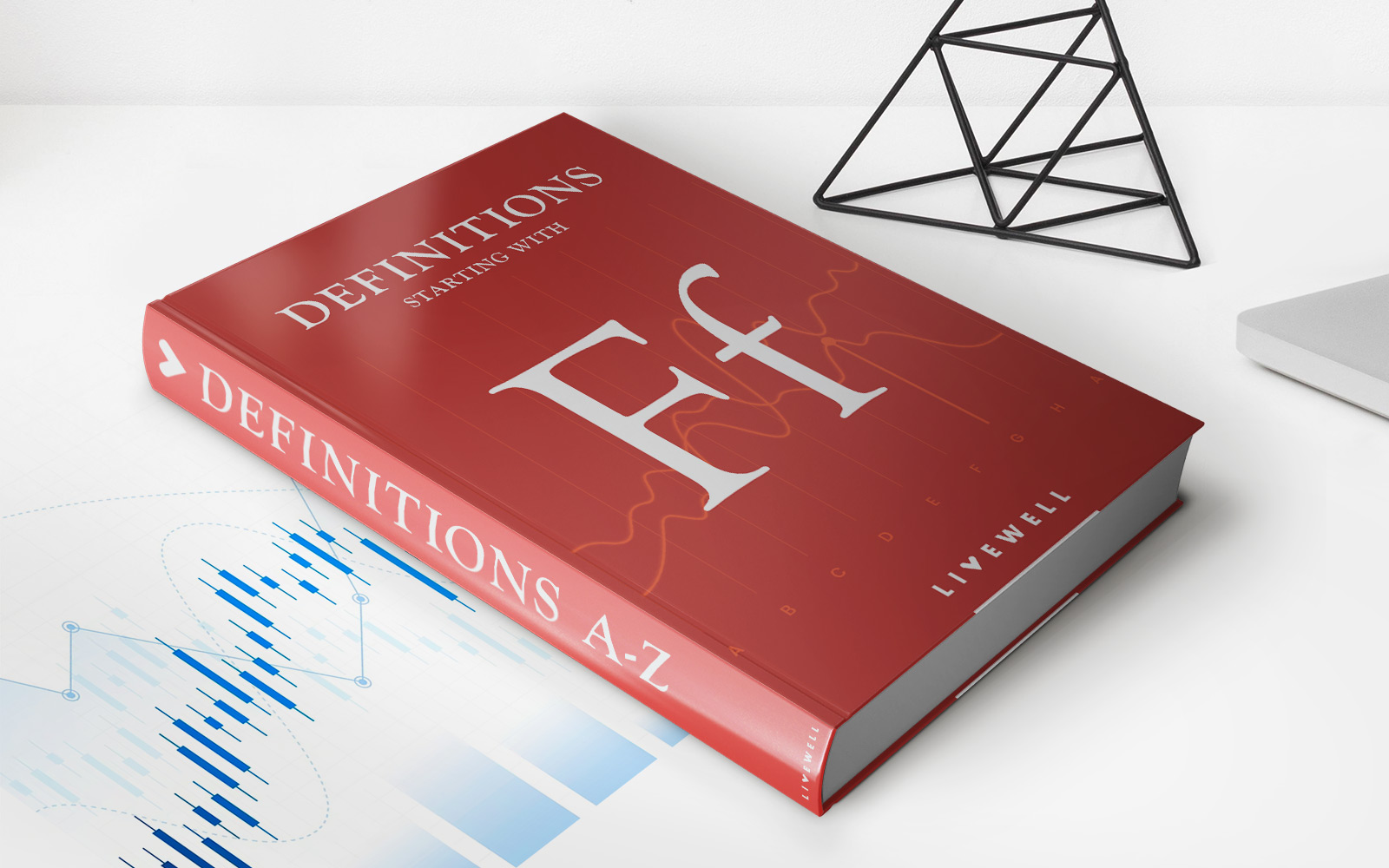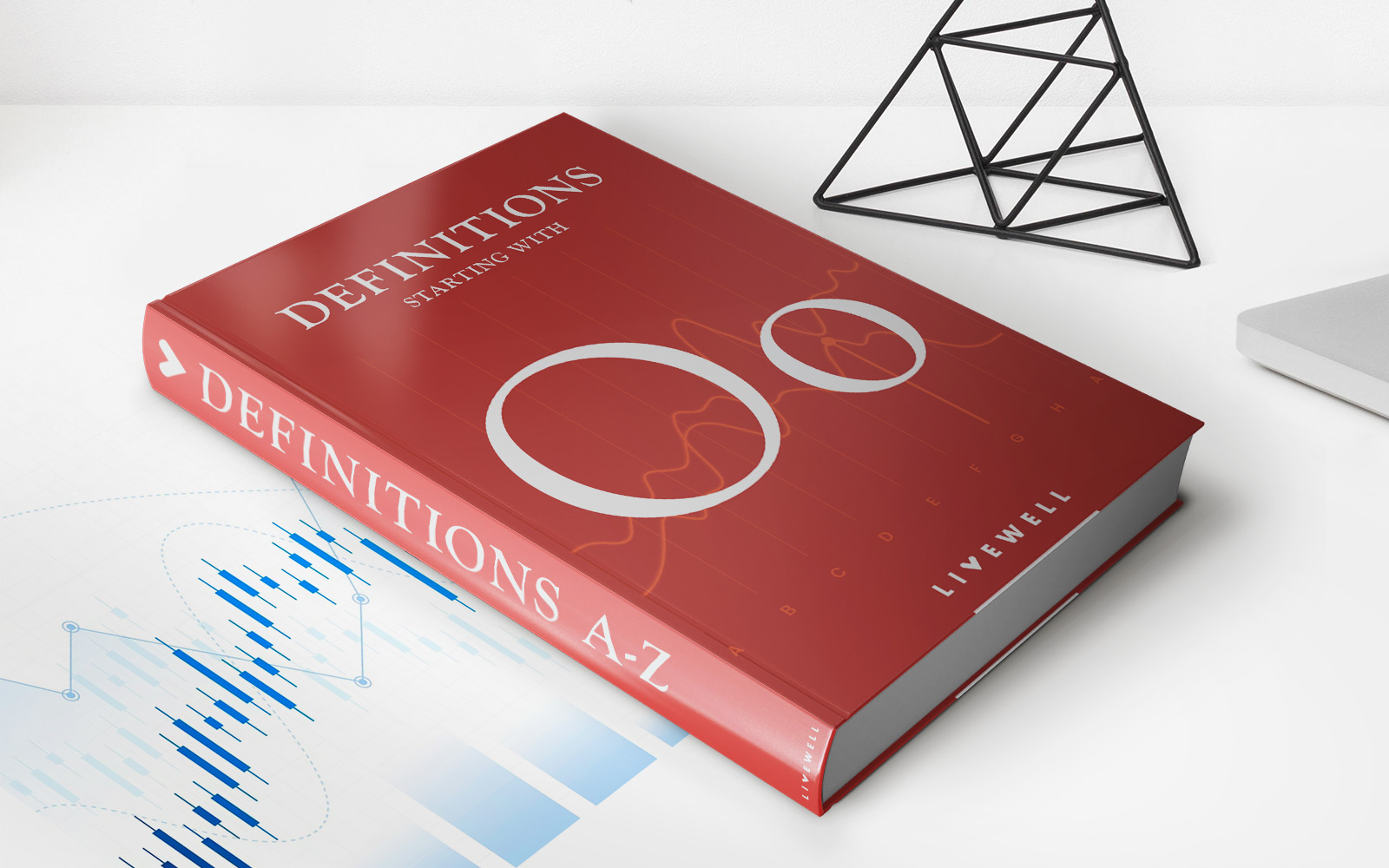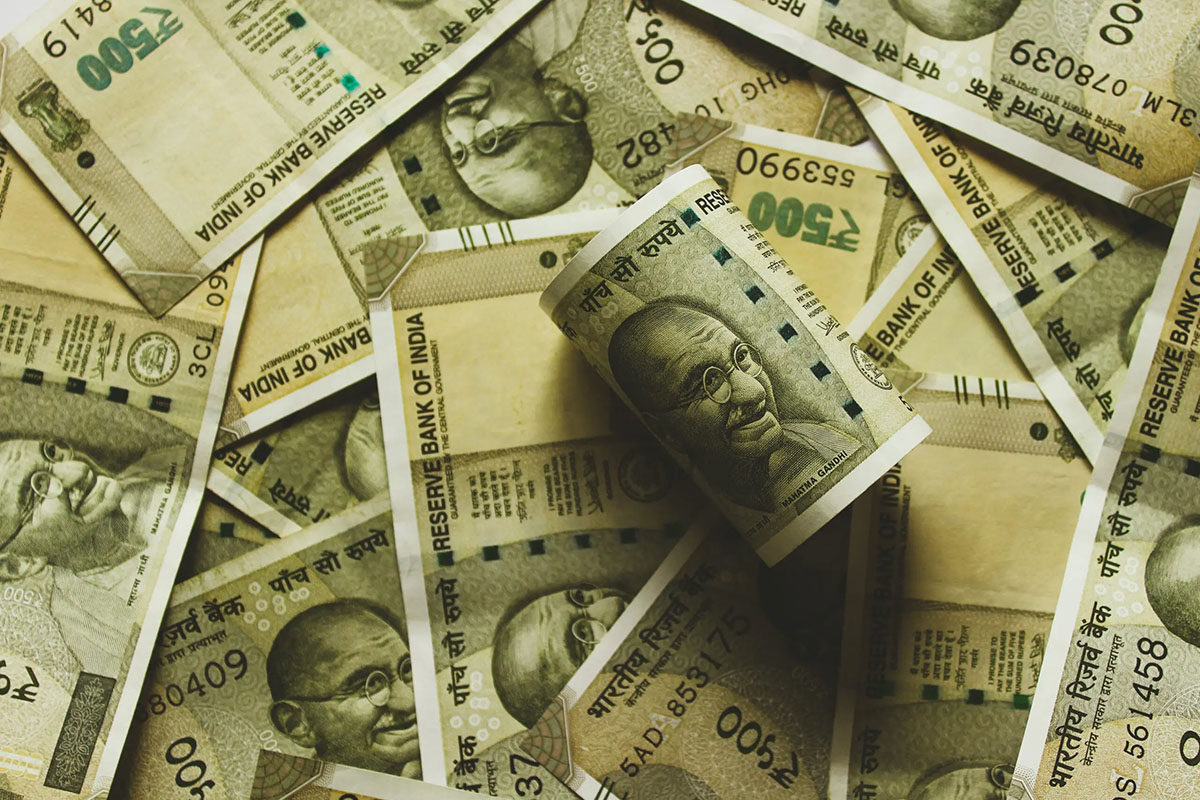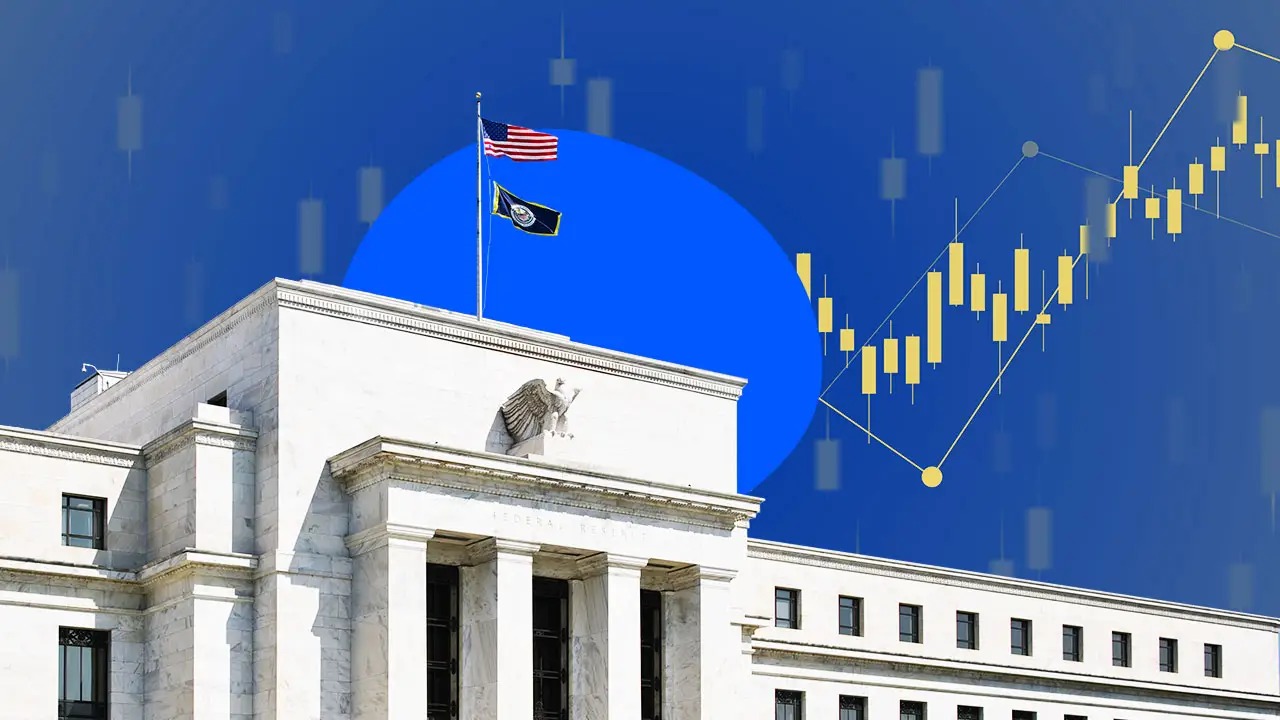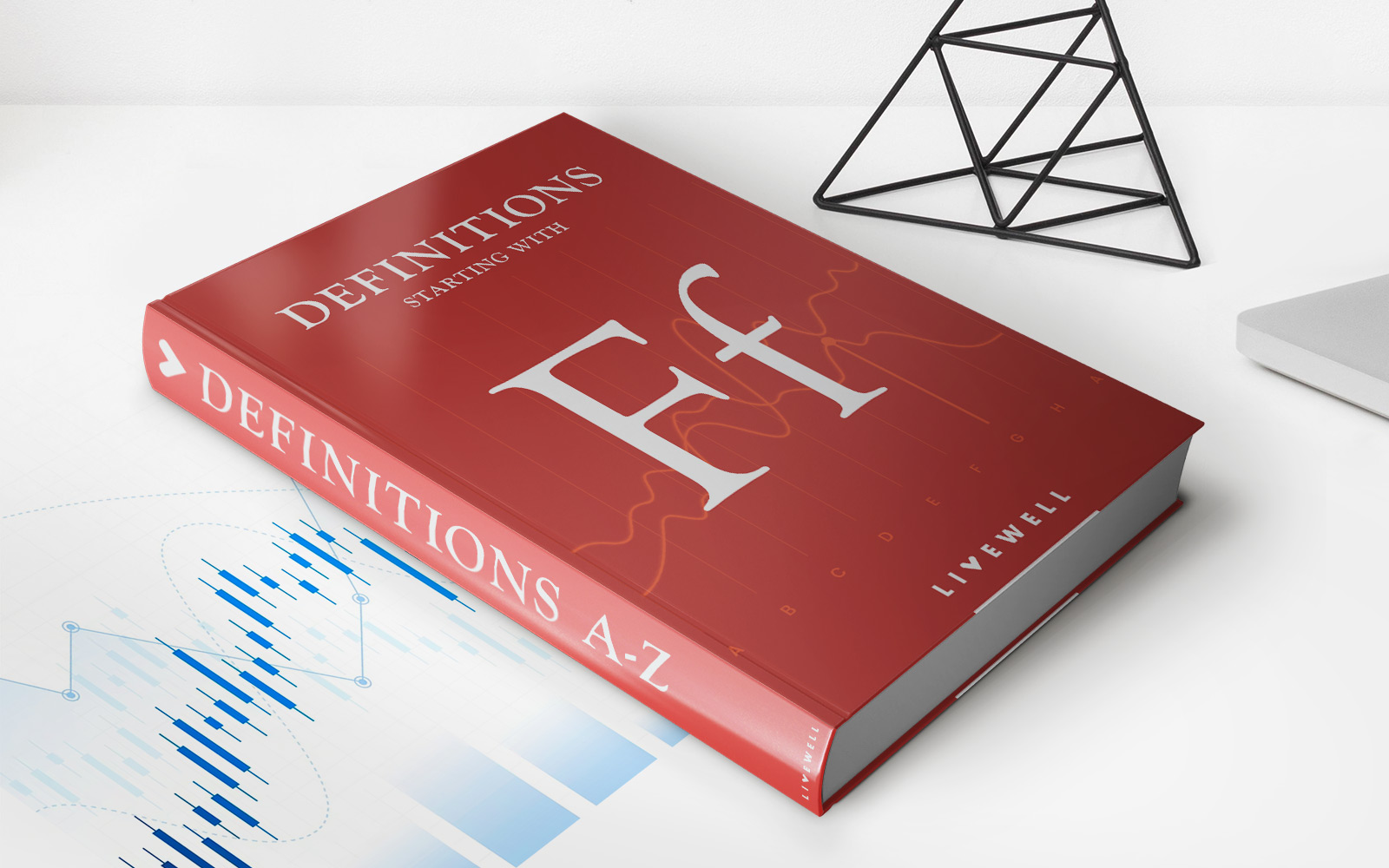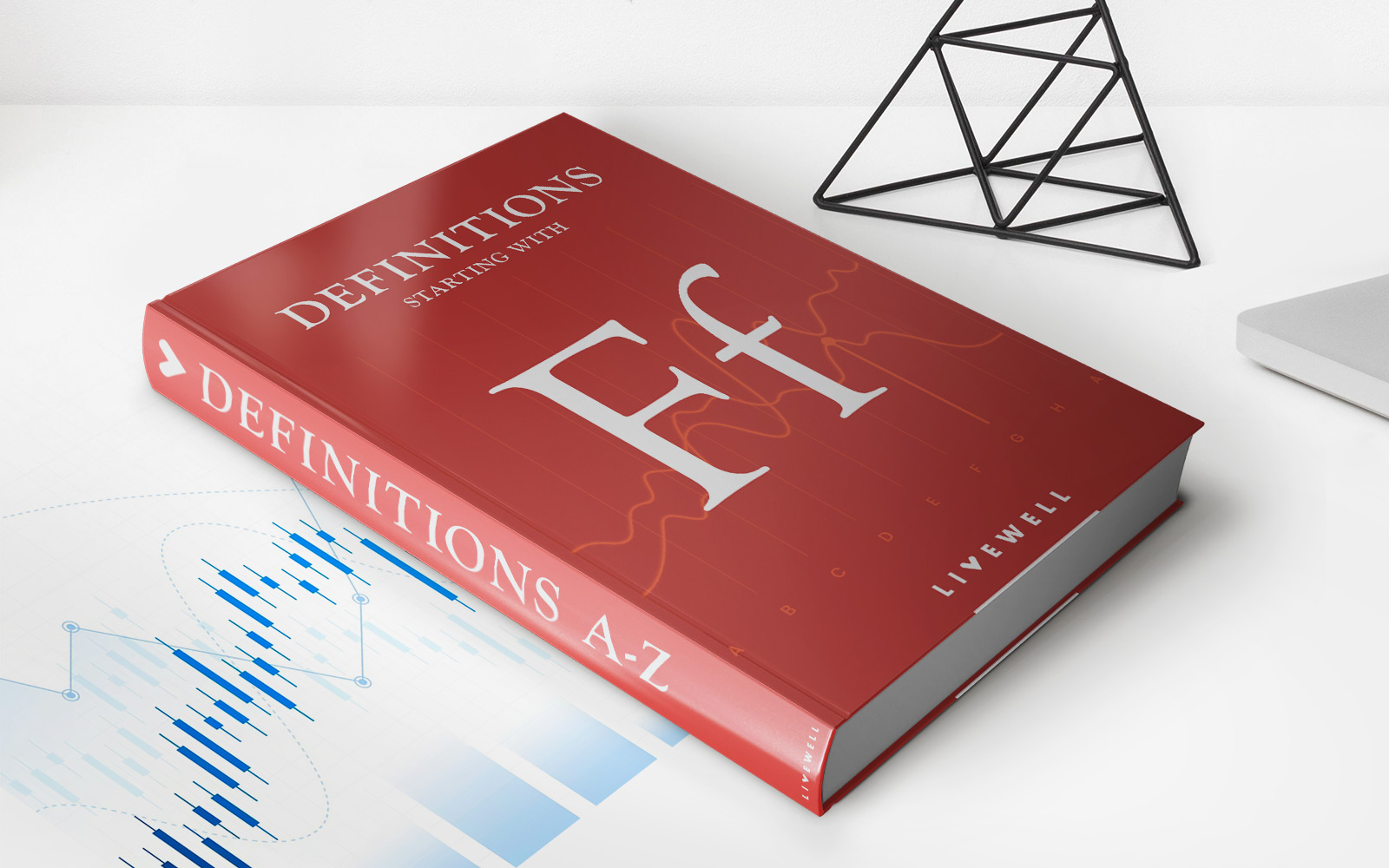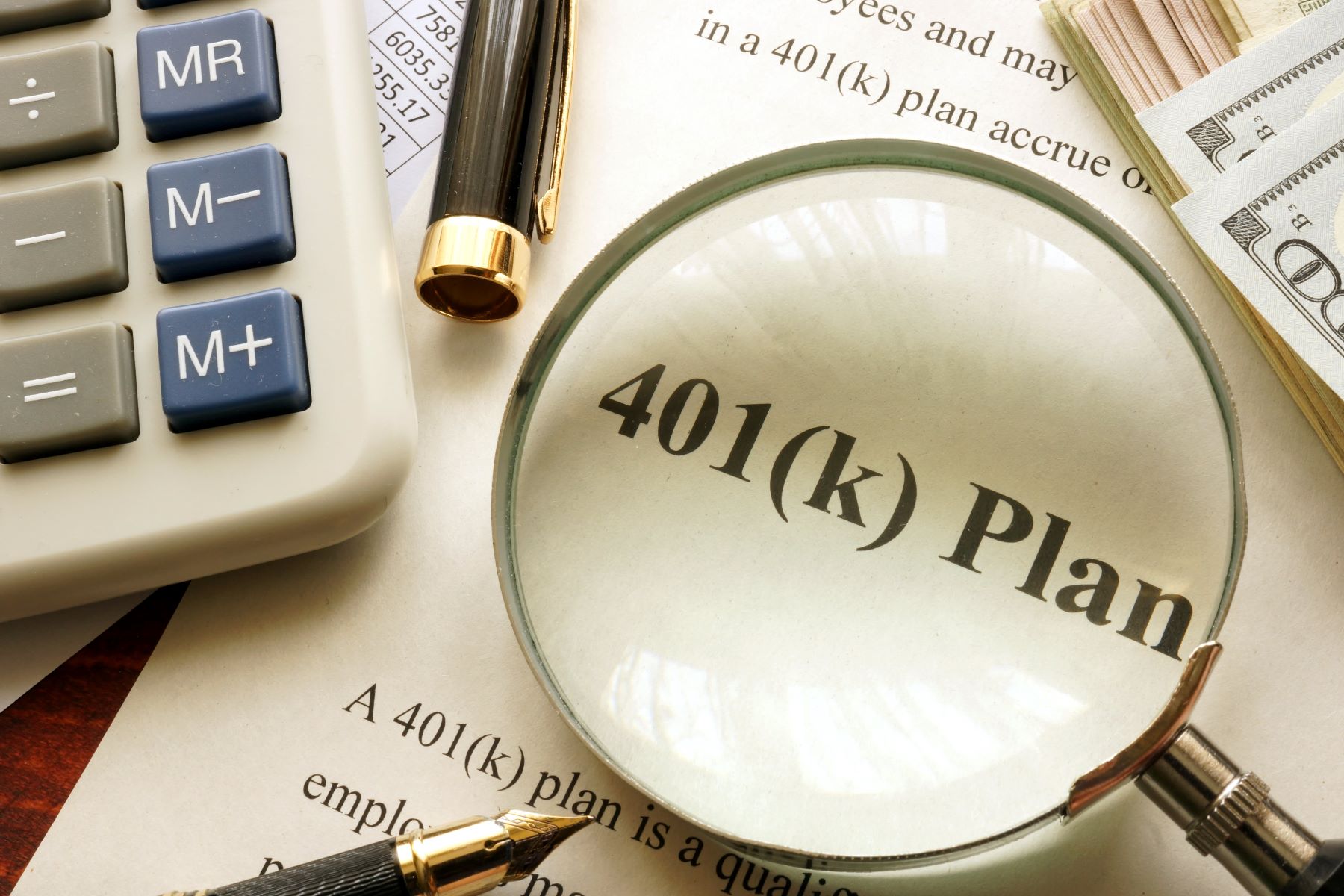

Finance
What Is The Funding Rate
Published: December 22, 2023
Find out what the funding rate is and how it affects your finance strategy. Stay informed and optimize your financial decisions.
(Many of the links in this article redirect to a specific reviewed product. Your purchase of these products through affiliate links helps to generate commission for LiveWell, at no extra cost. Learn more)
Table of Contents
Introduction
Welcome to the world of finance! Whether you are a seasoned investor or a newbie looking to learn the ropes, understanding the concept of funding rate is crucial to your success in the fast-paced world of cryptocurrency trading. Funding rate is a term frequently used in crypto trading that determines the interest rate paid by traders on their positions in perpetual swap contracts.
Perpetual swap contracts, also known as perpetual futures, are financial derivatives that allow traders to speculate on the price of cryptocurrencies without owning the underlying asset. These contracts have gained popularity in the crypto community due to their high leverage and trading flexibility. However, to fully grasp the mechanics of perpetual swaps, it is essential to comprehend the concept of funding rate.
In this article, we will delve into the intricacies of funding rate and how it influences crypto trading. We will explore its calculation, its importance in the crypto market, and how it affects traders’ positions and profits. Additionally, we will discuss the factors that influence funding rates and provide tips on how to manage the risks associated with funding rate fluctuations.
Whether you are a professional trader or a curious crypto enthusiast, this article will equip you with the knowledge and insights needed to navigate the intricacies of funding rate in the world of cryptocurrency trading.
Understanding Funding Rate
To comprehend funding rate, it is essential to first understand the concept of perpetual swap contracts. Perpetual swaps are derivative contracts that replicate the price movement of an underlying asset, in this case, a cryptocurrency, without an expiration date. They allow traders to go long (betting on price increase) or short (betting on price decrease) with leverage.
Funding rate, on the other hand, is a mechanism used in perpetual swaps to ensure that the contract’s price closely tracks the reference index, usually the spot price. It is essentially an interest rate that compensates the traders whose positions are in the minority, based on the difference between the contract price and the reference index.
The funding rate is calculated periodically, usually every 8 hours, and is paid, or received, by traders holding open positions at the time of the funding rate settlement. The rate is expressed as an annualized percentage and is either added or subtracted from traders’ positions, depending on whether they are long or short.
For example, if the funding rate is positive, long traders pay the funding fee to short traders. Conversely, if the funding rate is negative, short traders pay the funding fee to long traders. This mechanism promotes balance in the perpetual swap market and prevents the contract from deviating too far from the underlying reference price.
It is important to note that the funding rate is influenced by various factors, including the difference between the contract price and the reference index and the interest rates of the funding exchange. Understanding these factors is crucial for traders to anticipate and navigate funding rate fluctuations.
Now that we have a basic understanding of funding rate, let’s explore how it is calculated in the next section.
How Funding Rate is Calculated
The funding rate in perpetual swap contracts is calculated using a simple formula that takes into account the difference between the contract price and the reference index. The funding rate is expressed as an annualized percentage and is applied to the traders’ open positions.
The formula for calculating the funding rate is as follows:
(Contract Price – Reference Index) / Mark Price * Funding Interval
Let’s break down each component of the formula:
- Contract Price: This is the current price of the perpetual swap contract.
- Reference Index: The reference index is usually the spot price of the underlying asset, such as Bitcoin or Ethereum.
- Mark Price: The mark price is an index price derived from the contract price and is used to determine the funding rate.
- Funding Interval: The funding interval is the time period in which the funding rate is calculated and settled, usually every 8 hours.
By dividing the difference between the contract price and the reference index by the mark price, and then multiplying it by the funding interval, the funding rate is obtained. This rate is then applied to the traders’ open positions to determine the amount they need to pay or receive in funding fees.
It’s important to note that the funding rate is adjusted periodically to ensure that the contract price aligns with the reference index. If the contract price deviates significantly from the reference index, the funding rate may increase or decrease to incentivize traders to bring the contract price back in line with the spot price.
Now that we understand how the funding rate is calculated, let’s explore the importance of funding rate in cryptocurrency trading.
Importance of Funding Rate in Crypto Trading
The funding rate plays a crucial role in the world of cryptocurrency trading, particularly in perpetual swap contracts. Here are a few key reasons why funding rate is important:
1. Price Stability:
The funding rate mechanism helps to maintain price stability in perpetual swaps. By adjusting the funding rate based on the difference between the contract price and the reference index, it incentivizes traders to bring the contract price closer to the spot price. This mechanism prevents drastic deviations and reduces the potential for market manipulation.
2. Balancing Long and Short Positions:
The funding rate ensures a fair distribution of funding fees between long and short traders. If the market sentiment is heavily skewed towards one side, the funding rate adjusts to incentivize traders to take positions on the opposite side. This helps to maintain balance and liquidity in the market.
3. Predicting Market Trends:
The funding rate can provide valuable insights into market trends. If the funding rate is consistently positive, it indicates that long traders are paying funding fees to short traders. This may suggest that the market is bullish, as more traders are taking long positions. Conversely, a negative funding rate may suggest a bearish market sentiment.
4. Trading Costs and Profitability:
For traders, the funding rate directly impacts their trading costs and profitability. When the funding rate is positive, long traders pay funding fees, which can eat into their profits. On the other hand, if the funding rate is negative, short traders need to pay funding fees. Being aware of the funding rate allows traders to anticipate these costs and factor them into their trading strategies.
5. Risk Management:
The funding rate can also help traders manage risk. By monitoring the funding rate, traders can gauge the stability of the market and adjust their positions accordingly. A rapidly changing or excessively high funding rate may indicate market volatility, prompting traders to review their risk exposure and take appropriate measures to mitigate potential losses.
Understanding the importance of funding rate is crucial for traders to make informed decisions and navigate the complexities of crypto trading. In the next section, we will explore the funding rate mechanism in perpetual swap contracts.
Funding Rate Mechanism in Perpetual Swap Contracts
The funding rate mechanism in perpetual swap contracts is a crucial component that ensures the contract price closely tracks the reference index. It promotes balance, stability, and fairness in the market. Let’s take a closer look at how the funding rate mechanism works:
In perpetual swap contracts, the funding rate is calculated periodically, typically every 8 hours. Traders who hold open positions at the time of funding rate settlement will either receive or pay funding fees based on the funding rate and their position.
If the funding rate is positive, which means the contract price is higher than the reference index, long traders pay funding fees to short traders. This encourages short traders to enter the market and helps bring the contract price closer to the spot price. On the other hand, if the funding rate is negative, short traders pay funding fees to long traders, incentivizing long traders to participate and balancing the market.
The funding rate calculation takes into account the difference between the contract price and the reference index. This ensures that even if the contract price deviates from the spot price, the funding rate adjusts to encourage convergence. The funding rate is expressed as an annualized percentage and is applied to the traders’ open positions to determine the funding fees.
It’s important to note that the funding rate is influenced by factors such as market supply and demand, interest rates, and market sentiment. For example, if more traders are taking long positions, the funding rate may become positive to encourage short positions and balance the market. Conversely, if the market sentiment is predominantly bearish, the funding rate may become negative to attract long traders.
In addition to balance and stability, the funding rate mechanism also helps prevent market manipulation. Since traders cannot influence the funding rate, they are discouraged from attempting to manipulate the contract price to their advantage.
Overall, the funding rate mechanism in perpetual swap contracts is essential for maintaining price stability, balancing long and short positions, and promoting a fair and efficient trading environment. Understanding how this mechanism works is crucial for traders looking to engage in crypto trading.
Now, let’s move on to the factors that influence the funding rate in the next section.
Factors Influencing Funding Rate
The funding rate in perpetual swap contracts is influenced by several factors which contribute to its fluctuations. These factors can impact the overall market sentiment and the supply and demand dynamics within the cryptocurrency trading ecosystem. Let’s explore some of the key factors that influence the funding rate:
1. Market Volatility:
High levels of market volatility can impact the funding rate. During periods of increased volatility, the funding rate may rise as traders seek to hedge their positions or take advantage of price swings. Conversely, during low volatility periods, the funding rate may be more stable as there is less urgency for traders to adjust their positions.
2. Market Sentiment:
Market sentiment plays a significant role in determining the funding rate. If the majority of traders have a bullish outlook, the funding rate may be positive, encouraging short traders to participate and balance the market. Conversely, if market sentiment is bearish, the funding rate may turn negative, attracting long traders to enter the market.
3. Open Interest:
The open interest, which is the total number of open positions in the perpetual swap contract, can impact the funding rate. Higher open interest levels signify increased market activity and trading volume. This can result in higher funding rates as there is more liquidity and a higher likelihood of different positions being taken by traders.
4. Supply and Demand:
The fundamental principles of supply and demand influence the funding rate. If there is higher demand for long positions, the funding rate may rise to encourage short positions and balance the market. Conversely, if short positions dominate, the funding rate may decrease to attract long traders.
5. Interest Rates:
The prevailing interest rates in the lending market can impact the funding rate. If the interest rates in the lending market are high, it increases the cost of financing positions, leading to a higher funding rate. Conversely, lower interest rates may result in a lower funding rate.
It’s important for traders to monitor these factors and stay informed about market conditions in order to anticipate changes in the funding rate. By understanding the dynamics that influence the funding rate, traders can make more informed decisions and adjust their positions accordingly.
Now that we have explored the factors that influence the funding rate, let’s move on to the implications of funding rate on traders.
Implications of Funding Rate on Traders
The funding rate in perpetual swap contracts has significant implications for traders. It directly affects their positions, trading costs, and potential profits or losses. Understanding the implications of the funding rate is crucial for traders to make informed decisions and manage their strategies effectively. Let’s explore some of the key implications:
1. Trading Costs:
The funding rate directly impacts traders’ costs of holding positions. If the funding rate is positive, long traders pay funding fees to short traders, and vice versa. Traders need to consider these costs when calculating their overall profitability. Additionally, funding fees are usually deducted/received every 8 hours, which can impact short-term trading strategies.
2. Position Management:
Traders need to consider the funding rate when managing their positions. If the funding rate is consistently positive, it may be more costly for long traders to hold their positions for prolonged periods. In such cases, traders may choose to close their positions before the funding interval to avoid paying excessive funding fees.
3. Market Sentiment:
The funding rate often reflects market sentiment. If the funding rate is positive, it suggests a bullish sentiment in the market as more traders are inclined towards long positions. Conversely, a negative funding rate may indicate a bearish sentiment. Traders can use this information as a supplementary indicator to gauge market sentiment and adjust their strategies accordingly.
4. Profit/Loss Calculation:
The funding rate influences traders’ potential profits or losses. If a trader takes a position in the majority side of the market and the funding rate is positive, they receive funding fees, which can offset losses or enhance profits. Conversely, if a trader takes a position against the majority side and the funding rate is negative, they need to pay funding fees, which may impact profitability.
5. Risk Management:
Managing risk is essential when trading perpetual swap contracts. Traders need to consider the potential impact of funding rate fluctuations on their positions and overall portfolio. A sudden spike in the funding rate may indicate increased market volatility, prompting traders to reassess their risk exposure and potentially adjust their positions accordingly.
By understanding the implications of the funding rate, traders can make well-informed decisions, manage their positions effectively, and adapt their strategies to market conditions. It’s crucial for traders to stay updated on the funding rate and consider it as an integral part of their trading analysis.
Now, let’s explore strategies for managing the risks associated with funding rate fluctuations.
Managing Risks Associated with Funding Rate
Managing the risks associated with funding rate fluctuations is crucial for traders looking to navigate the world of cryptocurrency trading effectively. While the funding rate can provide opportunities for profits, it can also expose traders to potential losses. Here are some strategies to help manage these risks:
1. Stay Informed:
Keeping track of the funding rate and staying informed about market conditions is vital. Regularly monitoring the funding rate allows traders to anticipate potential changes and adjust their positions accordingly. Accessing reliable sources of information, such as reputable cryptocurrency exchanges and news outlets, can provide valuable insights and help traders make informed decisions.
2. Position Sizing:
Properly managing position sizes can help mitigate risks associated with funding rate fluctuations. It is important for traders to allocate an appropriate portion of their portfolio to each position, considering their risk tolerance and overall trading strategy. Diversifying the portfolio across different assets can also help spread the risk and minimize the impact of funding rate movements on the overall portfolio.
3. Utilize Stop Loss Orders:
Implementing stop loss orders is a risk management strategy that can help protect against potential losses. Setting a predetermined stop loss level allows traders to automatically exit a position if the market moves against them beyond a certain threshold. This helps limit losses and protects capital in case of significant funding rate fluctuations.
4. Use Take Profit Orders:
Setting take profit orders enables traders to secure profits by automatically closing a position when a certain profit target is reached. Having an exit strategy in place can help capture gains and prevent potential losses in case the funding rate and market conditions change unexpectedly.
5. Regular Monitoring and Adjustment:
Traders should regularly assess their positions and monitor the funding rate to ensure they align with their trading strategies and risk tolerance. If the funding rate becomes excessively high or volatile, it may be prudent to review open positions and consider adjusting or closing them to mitigate potential risks.
6. Continual Learning and Adaptation:
The cryptocurrency market is highly dynamic and constantly evolving. To effectively manage risks associated with funding rate fluctuations, traders should continue to educate themselves about market trends, emerging strategies, and risk management techniques. By staying ahead of the curve and adapting to changing market conditions, traders can better navigate funding rate risks.
Remember, trading involves inherent risks, and there is no foolproof strategy to completely eliminate them. However, by implementing these risk management strategies and staying disciplined in their application, traders can improve their chances of success in the cryptocurrency market.
Now, let’s conclude the article.
Conclusion
Understanding the concept of funding rate is essential for traders looking to engage in cryptocurrency trading, particularly in perpetual swap contracts. The funding rate serves as a mechanism to ensure price stability, balance long and short positions, and promote a fair trading environment. By calculating the funding rate based on the difference between the contract price and the reference index, traders holding open positions either receive or pay funding fees, depending on the funding rate and their position.
The funding rate is influenced by various factors, including market volatility, market sentiment, open interest, supply and demand dynamics, and interest rates. Traders must stay informed about these factors to anticipate changes in the funding rate and adjust their positions accordingly.
The implications of the funding rate on traders are substantial. It affects trading costs, position management, profit/loss calculation, and market sentiment analysis. By recognizing these implications, traders can make informed decisions, manage their risks effectively, and adapt their strategies to market conditions.
To manage the risks associated with funding rate fluctuations, traders should stay informed, manage position sizes, utilize stop loss and take profit orders, regularly monitor the market, and continually learn and adapt to changing market conditions. While no strategy can completely eliminate risks, these risk management techniques can help traders mitigate potential losses and protect their capital.
In conclusion, funding rate plays a significant role in perpetual swap contracts and requires traders to be diligent, adaptive, and well-informed. By understanding the funding rate mechanism, factors influencing it, and implementing effective risk management strategies, traders can navigate the complexities of cryptocurrency trading more confidently and increase their chances of success in this dynamic market.
